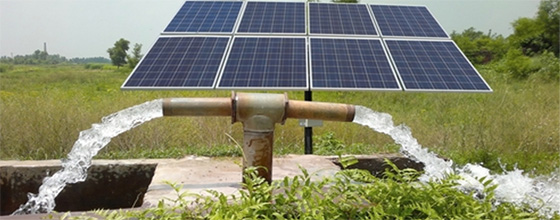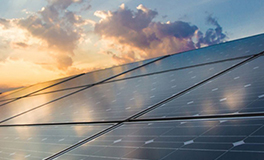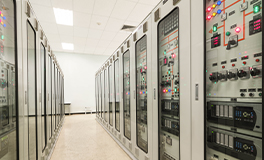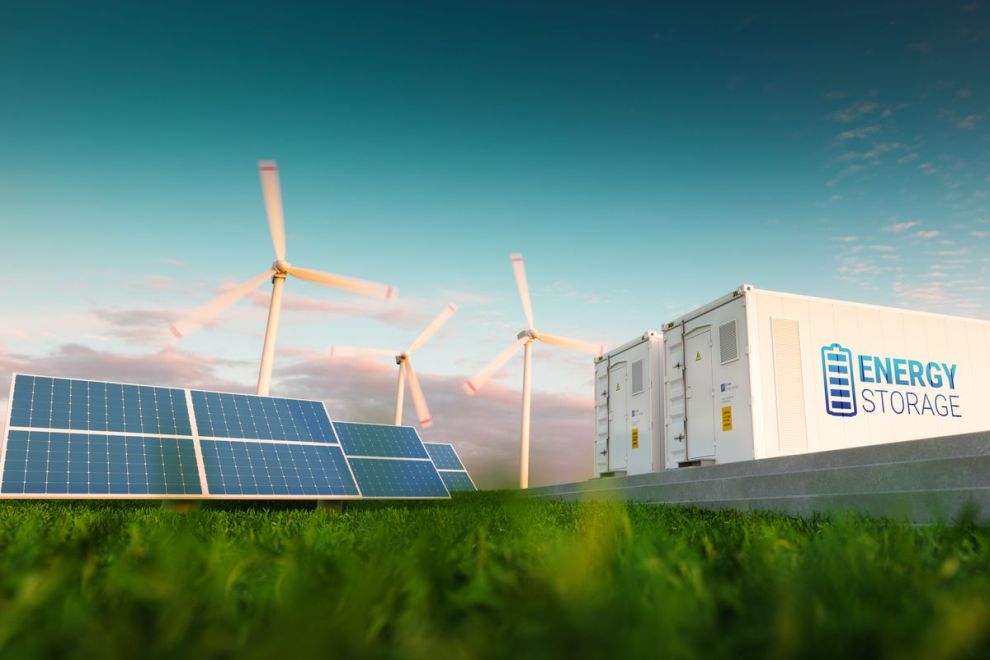An Overview
The depleting reserves of the fossil fuels have threatened the sustainability of human existence and called for a systemic shift to the more sustainable and renewable reservoirs for energy, mainly sun and wind. Though renewable sources are effective to fill the deficits in the energy requirement, they are not available at all times. Particularly, solar and wind, are intermittent in nature, thereby impeding the possibilities of achieving energy independence, individually. This has shifted the focus on a finding ways and means of storing energy, already a teething concern in the larger energy scenario.
The Current Scenario
The solar power industry has grown strongly making way for the real market, post subsidies, owing to steep fall in the prices internationally. Various states in India have shown encouraging adoption trends for solar energy, however considering the challenges in feeding extra power to grid and the limited solar hours in a day, a complete shift to solar looks unlikely. Considering the existing challenges, scalability of solar plant remains a difficult proposition. Renewable energy is still viewed as a makeshift, alternative source of energy that complements a grid based power supply. For renewable energy to become a mainstay energy alternative, it is important to develop efficient energy storage mechanisms that can withstand this shift from conventional to the non-conventional sources of power.
The contemporary technology in energy storage revolves around electrochemical and electrical methods. Electrochemical methods make up the chunk on the energy storage systems in operations in the renewable energy ecosystems. For solar energy, the technology is available with batteries to store the energy; the real challenge being the size and cost. More efficient Li-ion batteries have entered the commercial markets, however have challenged the system developers with the pricing, making large systems commercially unviable compared to the conventional sources. Research has been profound in this area of energy storage, however commercial acceptability always remains a challenge. Likewise, the E-vehicle industry has fast adapted the fuel cells and the efficiencies-of-scale are ready to be transferred to the consumers.
Importance of Energy Storage
In a country like India, the diverse geography has resulted in limited grid-connectivity. Even today, many rural areas are out of the reach of the national grid. Renewable sources of energy like solar have come as a harbinger of hope for such regions. While solar allows easy last mile access, there are also obvious limitations.
As per a report by IRENA, energy storage systems will hold the key to effectively integrating high levels of renewable energy into the energy systems across the world.
As solar energy penetration increases, the operational dynamics of the power system is bound to change drastically, inducing changes in the system architecture as well. Energy storage will be quintessential to the new solar based power systems, helping balance the inherent variability in generation and enabling consumption of higher proportion of self generated renewable power by consumers.
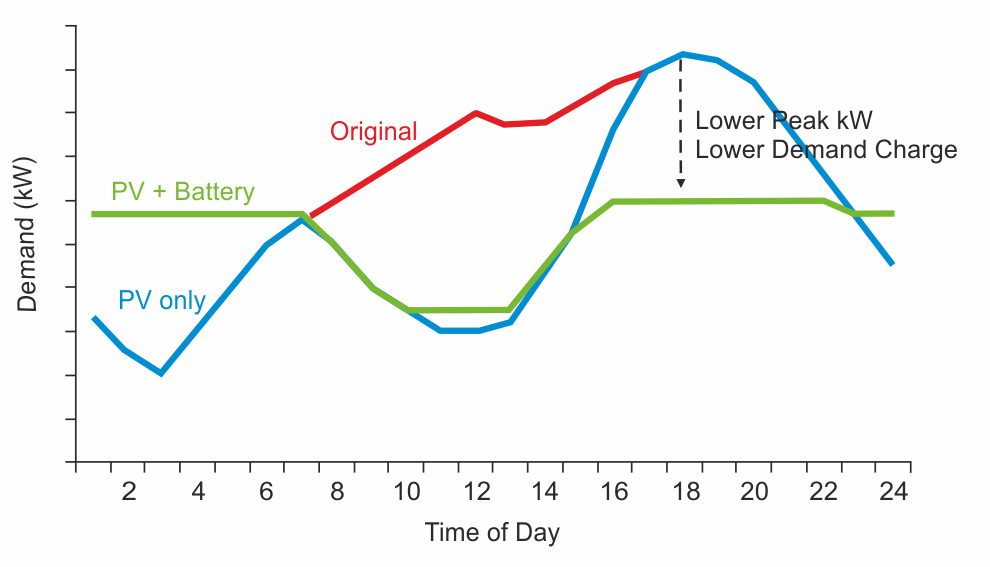
At the utility-scale level, energy storage can aide efficiently manage the dynamics of demand and supply. Reliable energy storage facility that are also low on maintenance, can help in stabilizing the grid.
Types of Battery Storage Systems
As understood, battery storage systems offer incredible system flexibility, due to capacity to absorb, hold and release electricity quickly. A range of battery technologies, such as Lithium (Li-ion), lead acid batteries and sulphur batteries are used for all network applications. However to optimize the size of battery system, experts are working hard to develop Li-ion batteries and hence the technology has witnessed the highest growth.

The commercial applications for storage batteries are split into:
i. Back-of-the-Meter (BTM): These are interconnected behind the utility meter of solar systems, aiming at electricity bill savings by managing the demand-side.
ii. Front-of-the Meter (FTM): These are interconnected with the distribution and transmission networks. These are use in applications to fulfill power requirements of systems operators, such as ancillary services.
Advantages of an Energy Storage System

Energy Resilience:
In power system design, resilience is the ability to keep electricity up, even in adverse condition, such outages. Energy storage when paired with a solar system, offers a required backup to keep up the power, even when solar power is not available.
Offers Integration possibilities with other renewable sources:
The major drawback of most renewable energy facility is variability of power production. Due to this it is very difficult to plan a system that can completely replace a fuel-fired power plant. However, it has been noticed that by integrating various renewable sources an alternative grid can be developed. To manage such a grid, storage of excess electricity during production slacks is the key.
Demand Charge Reduction:
Commercial and industrial facilities face demand charges on their electricity bills, that are based on a 15-min period during which the highest demand is recorded throughout the day. While solar energy can provide sizeable benefits in total electricity consumption, the benefits do not always coincide with the utilization peak of the concern. By using energy storage systems, demand charges can be reduced by using the stored energy during utilization peaks.
About LUBI Electronics
LUBI Electronics is a leading company in India, exhibiting expertise in the automation, solar, and control panel industry.
Our solar offerings include best-in-class solar modules, solar pumps, solar pump controllers and solar inverters.
For more information on our offerings, please reach out to us at lubi@lubielectronics.com.




